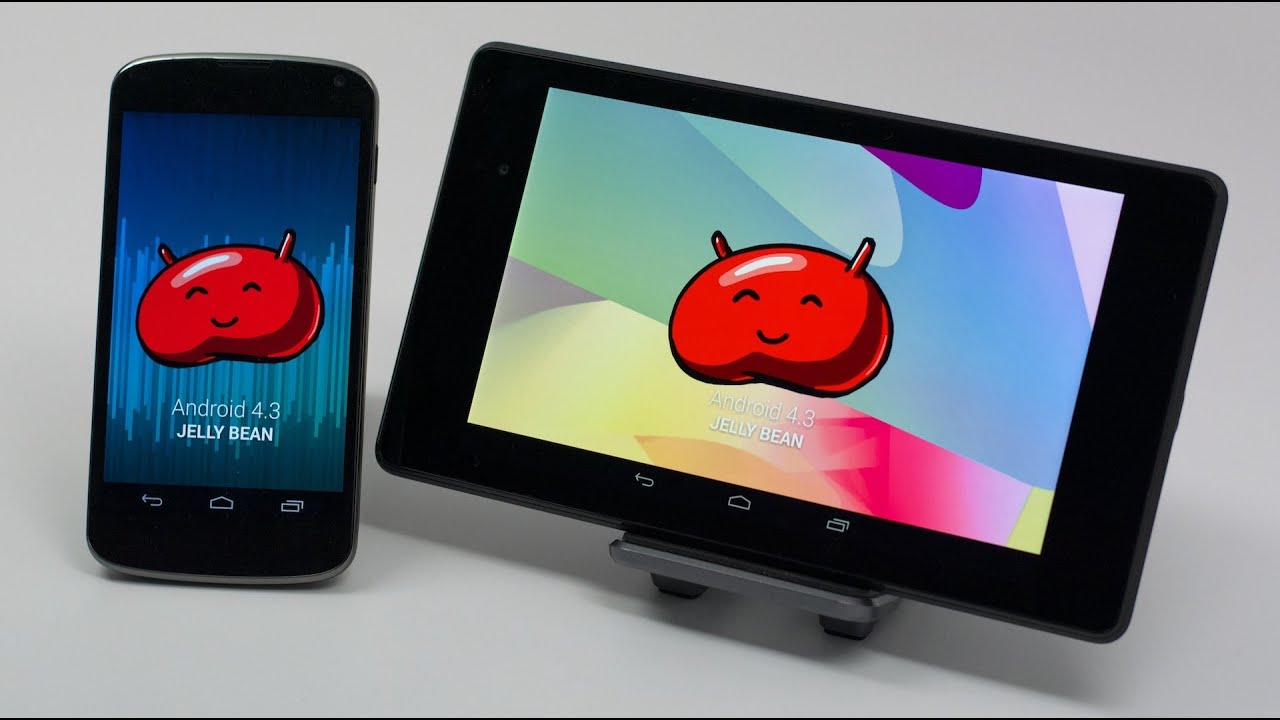
Introduction
The world of Android smartphones has evolved significantly over the years, with each new iteration bringing forth innovative features, improved performance, and enhanced user experiences. Among the various versions of Android, the 4.3 release stands out as a pivotal moment in the history of mobile technology. This article delves into the details of Android 4.3, its key features, and how it impacted the smartphone landscape.
What is Android 4.3?
Android 4.3, also known as Jelly Bean, was released by Google in July 2013. It was the third major update to the Jelly Bean series, following Android 4.1 and 4.2. This version built upon the foundation laid by its predecessors, introducing several significant enhancements that improved the overall performance and functionality of Android devices.
Key Features of Android 4.3
Performance Enhancements
One of the primary focuses of Android 4.3 was to improve performance. Google introduced a new version of the Dalvik virtual machine, known as ART (Android Runtime), which replaced the traditional Dalvik VM. ART provided several benefits, including faster app launch times and better overall performance. This change was particularly noticeable on devices with lower-end hardware, where the improved runtime environment made a significant difference in user experience.
User Interface
The user interface in Android 4.3 received several updates aimed at enhancing usability and aesthetics. The lock screen was redesigned to include more widgets and shortcuts, making it easier for users to access frequently used apps and information directly from the lock screen. Additionally, the notification shade was improved with the introduction of actionable notifications, allowing users to perform actions directly from the notification panel without having to open the app.
Google Now Integration
Google Now, a personal assistant service introduced in Android 4.1, continued to evolve in Android 4.3. The service became more integrated into the operating system, providing users with more personalized and relevant information based on their location, search history, and other data. Google Now cards were also enhanced to include more detailed information and actions, making it a more comprehensive tool for daily tasks and information retrieval.
Multimedia Enhancements
Android 4.3 included several multimedia enhancements aimed at improving the overall media experience on Android devices. The operating system introduced support for high-definition audio formats like FLAC (Free Lossless Audio Codec) and Opus, which provided better sound quality for music enthusiasts. Additionally, the camera app was updated with new features like photo sphere and panorama modes, allowing users to capture high-quality 360-degree photos.
Security Improvements
Security was another area where Android 4.3 made significant strides. The operating system introduced a new feature called "Restricted Profiles," which allowed users to create separate profiles for different users on the same device. This feature was particularly useful for families or businesses where multiple users needed access to the same device but with varying levels of permissions and restrictions.
Impact on the Smartphone Market
The release of Android 4.3 had a profound impact on the smartphone market for several reasons:
- Performance Boost: The introduction of ART significantly improved app performance across various devices, making Android more competitive with other mobile operating systems like iOS.
- User Experience: The redesigned lock screen and notification shade enhanced user interaction, providing quicker access to essential features and information.
- Google Now Integration: The deeper integration of Google Now into the operating system made it a more indispensable tool for daily tasks and information retrieval, setting a new standard for personal assistants in smartphones.
- Multimedia Capabilities: Support for high-definition audio formats and enhanced camera features made Android devices more appealing to media enthusiasts and photographers.
- Security Enhancements: The introduction of Restricted Profiles provided an additional layer of security, catering to the growing need for secure mobile solutions in both personal and professional settings.
Devices Compatible with Android 4.3
While Android 4.3 was designed to be backward compatible with devices running earlier versions of Jelly Bean, not all devices were eligible for the update. The compatibility requirements included:
- Processor: Devices needed a minimum of a dual-core processor to run Android 4.3 smoothly.
- RAM: A minimum of 512 MB of RAM was required for basic functionality, although more RAM was recommended for better performance.
- Storage: Devices needed at least 4 GB of internal storage space to accommodate the operating system and its features.
- Screen Resolution: A minimum screen resolution of 800×480 pixels was necessary for clear visuals, although higher resolutions were preferred.
- Battery Life: Devices should have a battery life capable of lasting at least a full day with moderate usage.
Some notable devices that received the Android 4.3 update include the Nexus 7 (2013), Nexus 10, Nexus 4, and several other mid-range and high-end smartphones from manufacturers like Samsung, HTC, and Motorola.
Final Thoughts
Android 4.3 marked an important milestone in the evolution of Android smartphones by addressing key areas such as performance, user interface, multimedia capabilities, and security. Its impact on the smartphone market was significant, setting new standards for mobile operating systems and paving the way for future innovations in Android technology.
Exploring Android 4.3 provides valuable insights into how mobile technology has progressed over time and how each iteration builds upon previous advancements to create a more seamless and efficient user experience. As new versions of Android continue to be released with even more advanced features and improvements, understanding the foundational elements that have shaped modern smartphones remains essential.
